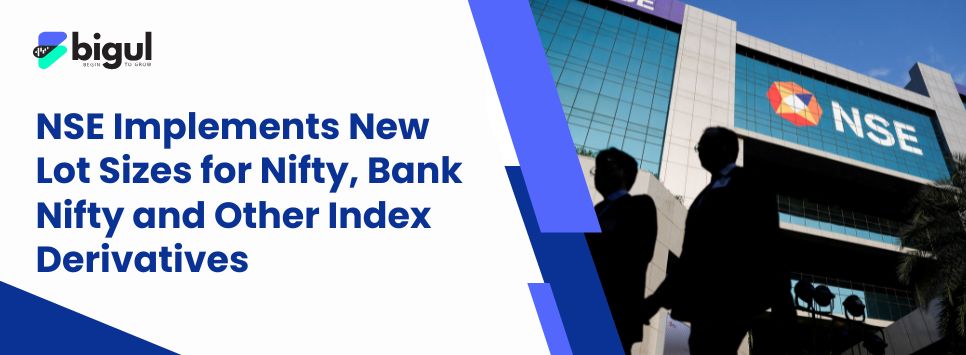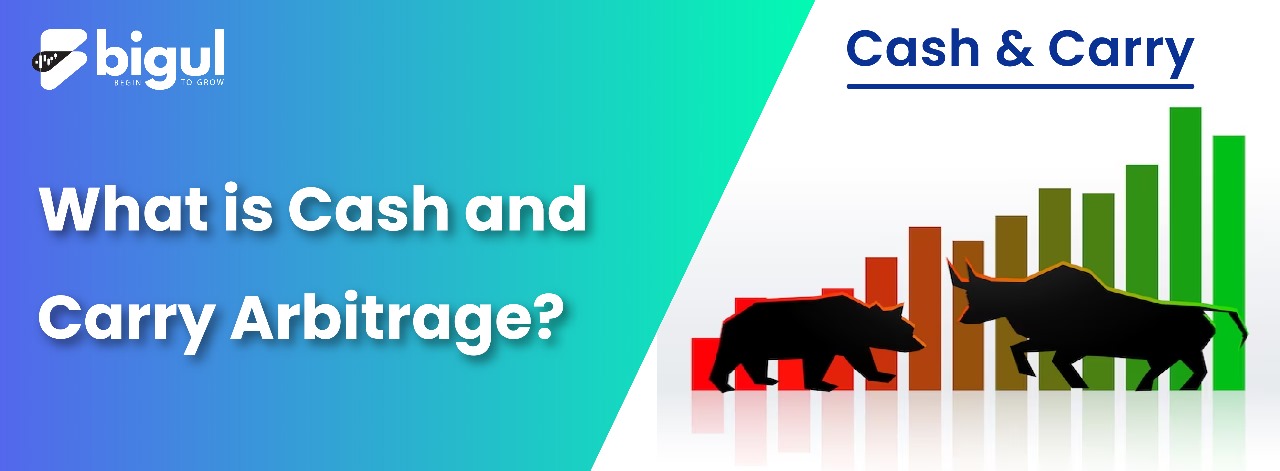In the exciting world of buying and selling, there’s a clever trick called “Cash and Carry Arbitrage.” It’s like finding a hidden treasure in the financial jungle.
This tricky concept helps people make money by taking advantage of price differences between things we can buy now and things we promise to buy later.
Imagine you find a yummy chocolate bar for Rs 10 today, but someone agrees to pay you Rs 15 for it in a month. Cash and Carry Arbitrage is like a magic spell that lets you buy the chocolate, promise to sell it later, and make a sweet profit without much risk.
Let’s dive in and uncover this money-making secret!
What is Cash and Carry Arbitrage?
Cash and Carry Arbitrage is a clever money-making strategy where you profit from price differences between things you buy now and promises to buy later.
Picture this: You stumble upon a great deal today, and you know someone who’s willing to pay more for it down the line. You purchase the item, agree to a future sale, and pocket the difference as your gain.
For instance, let’s say you discover a smartphone displayed in a store at Rs 10,000, and you happen to know someone who is ready to shell out Rs 11,000 for it in a month’s time. This is a classic case of Cash and Carry Arbitrage in action.
You buy the smartphone today and simultaneously commit to selling it to this individual at a later date. The resulting Rs 1,000 difference is your tidy profit.
This smart move uses the difference in prices to make money. It’s like finding a way to turn Rs 10,000 into Rs 11,000 effortlessly. That’s the magic of Cash and Carry Arbitrage in rupees.
It’s a way to take advantage of these price gaps and make easy money. This trick works in financial markets, helping you earn without much risk.
Basic Mechanics and Steps Involved in Cash and Carry Arbitrage
The basic mechanics of Cash and Carry Arbitrage involve taking advantage of price disparities between an asset in the cash market and its corresponding futures contract.
Here are the steps involved in this strategy:
- Identify Opportunity: Look for an asset that is trading at a lower price in the cash market compared to its futures contract price.
- Buy the Asset: Purchase the asset from the cash market at the lower price. This could be a physical commodity, stock, or any tradable asset.
- Borrow Funds: Borrow money if needed to make the purchase. This is where the “carry” comes into play; you’re carrying the asset while you await the convergence of prices.
- Short the Futures Contract: Simultaneously, sell (short) the corresponding futures contract at the higher price. This means you’re agreeing to sell the asset at the higher futures price at a later date.
- Wait for Convergence: Hold onto the asset until the futures contract’s expiration date. Over time, the prices of the asset in the cash market and the futures contract should move closer together due to market forces.
- Profit from Convergence: When the futures contract expires, its price should match the cash market price. You sell the asset in the cash market at this higher price, and simultaneously, your obligation to sell at the futures price is fulfilled. The difference between the lower purchase price and the higher sell price is your profit.
Cash and Carry Arbitrage exploits temporary pricing discrepancies, aiming to achieve risk-free or near-risk-free gains as prices converge.
However, it’s important to note that such opportunities are often fleeting due to market efficiency, and transaction costs can impact the actual profitability of the strategy.
Components of Cash and Carry Arbitrage
Cash and Carry Arbitrage might sound like a wizard’s trick, but it’s built on a few simple puzzle pieces. Let’s look at these pieces that make this financial magic work:
1. Cost of Carry
Cost of carry encompasses expenses like storage, insurance, financing, and potential dividends while holding an asset until a futures contract’s maturity. This cost, added to the purchase price, determines the total outlay.
In cash and carry arbitrage, the aim is to profit from the difference between the futures and spot prices while accounting for these carrying costs.
The strategy’s success depends on the accurate estimation of these expenses and how they impact potential gains.
2. Futures Contract
A futures contract is a standardized agreement traded in the futures market, obligating a buyer to purchase and a seller to deliver a specific amount of an asset at a predetermined price on a future date. It allows investors to speculate on price movements or manage risk, with the contract’s price reflecting market expectations.
This instrument facilitates cash and carry arbitrage, where price differences between the futures and spot markets are exploited for profit, promoting price convergence as the contract nears expiration.
3. Underlying Asset
An asset is the underlying item being traded in cash and carry arbitrage. It can be a commodity, currency, stock, or another financial instrument.
This item is simultaneously purchased in the cash market and sold through a corresponding futures contract in the futures market as part of the arbitrage strategy.
Discrepancies between the cash and futures market prices create opportunities for investors to profit from the price difference while accounting for carrying costs and market risks.
When we put all these pieces together, we can see how Cash and Carry Arbitrage works. We find something in the Cash Market that’s priced lower than what we can promise to sell it for in the Futures Market. We buy it in the Cash Market, promise to sell it in the Futures Market, and make a profit when the prices eventually match up.
Limitations and Challenges of Cash and Carry Arbitrage
Cash and carry arbitrage, while a potentially profitable trading strategy, is not without limitations and challenges:
- Imperfect Opportunities: Not all price differences guarantee profit due to transaction costs.
- Market Liquidity: Sometimes, it’s hard to find buyers or sellers for certain assets.
- Regulatory Constraints: Rules and laws might limit arbitrage strategies in some markets.
- Timing Risks: Prices might not converge as expected, leading to potential losses.
- Information Delays: Late news can affect price movements before you can react.
- Borrowing Costs: Borrowing money to make trades can eat into potential profits.
- Fluctuating Interest Rates: Changes in interest rates can impact the cost of carry calculation.
Conclusion
Cash and Carry Arbitrage stands as a strategic tool that capitalizes on pricing differentials between cash and futures markets. This practice not only underlines the dynamics of financial markets but also exemplifies how savvy investors exploit temporary mispricings for gain.
As financial landscapes evolve, understanding and leveraging such arbitrage opportunities become crucial for traders seeking to optimize returns and navigate the complexities of modern marketplaces.





.jpg)





.jpg)
